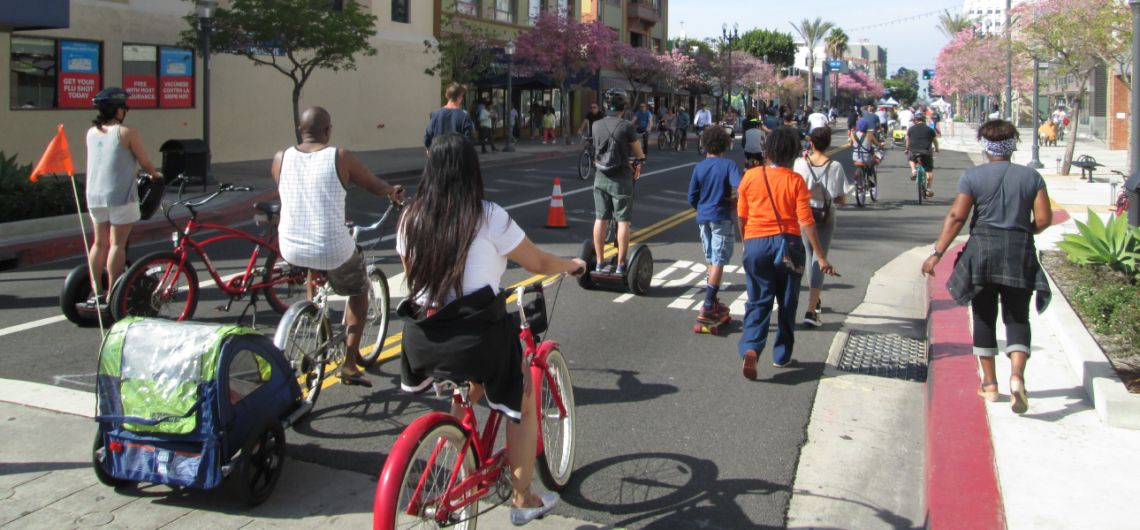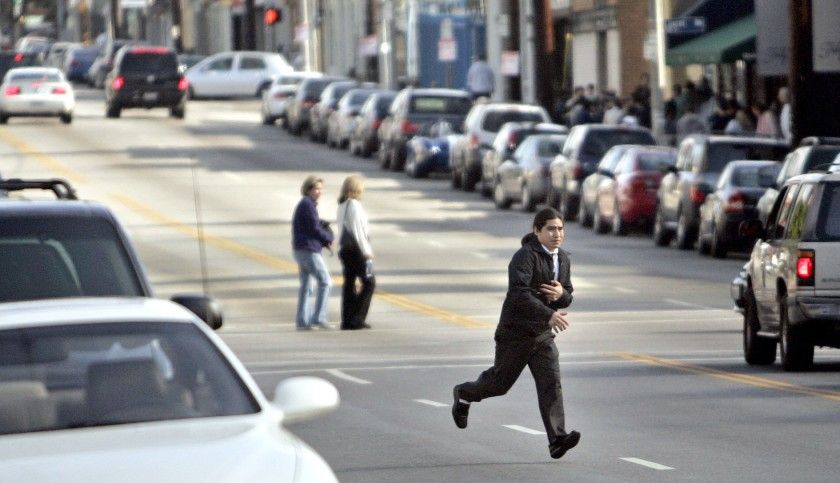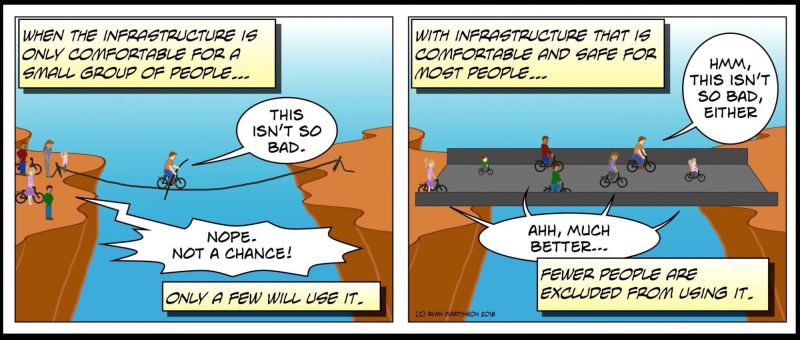Electric vs. Petrol: Which Car is Right for You?
In the ever-evolving automotive landscape, the decision between electric vehicles (EVs) and petrol cars hinges on a nuanced understanding of their strengths and weaknesses. While EVs boast compelling environmental benefits with zero tailpipe emissions and lower running costs, their upfront purchase price and extended charging times can be deterrents. Conversely, petrol cars offer affordability and swift refueling, yet come saddled with a higher environmental impact and escalating running costs over time.
EVs present a compelling option for the environmentally conscious driver with a focus on long-term savings. However, those prioritizing immediate affordability and convenient refueling may find petrol cars more suitable. Ultimately, the optimal choice rests on carefully evaluating individual needs, budgetary constraints, and environmental responsibility.
Deadly Encounters: The Hidden Cost of Wildlife-Vehicle Collisions
WVCs are a serious problem that affects both humans and animals. Animals rely on migration corridors to find food, water, and mates. Roads can intersect these corridors, forcing animals to cross them, which can lead to collisions.
There are an estimated 300,000 WVCs per year in the USA. These collisions can cause injury or death to humans, and they can also be expensive. The average cost of colliding with an elk is $25,319, and the average cost of colliding with a deer is $8,190.
Some states are taking action to try to reduce WVCs. These actions include building wildlife crossings, such as bridges and underpasses, and conserving habitat connectivity. Wildlife crossings can help animals to cross roads safely.
Limitations of big data usage for travel demand modelling
Have you ever thought about the limitations of big data usage for travel demand modelling? Here are a few:
1. Certain age group prefer a particular mobile network / smartphone app
2. Big data can’t capture socio-economic attributes so big data alone is not sufficient for building the travel demand model
3. Need to pick the outliers from the big data. Ex: The interaction between shared e-scooter and IoT send / receive the data over mobile network
4. The big data is not always comparable due to changes in technology and other causes
5. Private mobile network companies can change priorities and may stop sharing the data
Source: ITF 2021
How does a community becomes “Smart”?
In five simple steps:
1. Know the data: what data you have and what data to be gathered
2. Identify your partners, stakeholders, opponents and obstacles
3. What are your community’s biggest needs (transportation, WiFi, crime, education, employment, etc)
4. Identify and prioritize the projects on the basis of step 3 (short, medium and long range)
5. Identify potential hurdles to success (funding, stakeholders buy-in, etc) and ensure you have adequate resources to complete the task
Source: ITE
Connected Vehicles Deployment
This morning I was reading through an interesting article on connected vehicles with the actual implementation and performance.
What are the benefits of connected vehicles deployment:
1. Can eliminate the severity of up to 80% of non-impaired crashes (NHTSA)
2. Dedicated Short Range Communications-based transit signal priority reduced 72% of travel time, on time performance improved 2.5%, improvement of schedule reliability 6% (Utah DOT)
3. Spot Weather Impact Warning (SWIW) application can identify adverse road-weather conditions— like ice and packed snow on the pavement—and report those conditions to the connected vehicle system (Utah DOT)
4. SWIW system installed along 159 miles of weather-crash-prone would yield a 20-year savings of $97.7 million and projected to prevent 1,654 crashes (Utah DOT)
Small-scale deployments can yield immediate results, and these benefits can be expanded with further deployments.
Source: ITE
Active Transportation
How many of us will visit the grocery store which is less than a km without involving the car? Excuses could be waiting time at the signal, temperature, no sidewalks, and many others.
Frankly, the temperature excuse is really only applicable for a short period of the year. Walking in the neighborhood certainly affords the ability to see things I wouldn’t normally notice from the windshield. I know the benefits to my physical and mental well-being but the knowledge isn’t enough to prompt a change.
Despite the infrastructure challenges, the occasional complainers, and the heat, active transportation is a joyful activity. Time to ditch the excuses!

Vision Zero
Few years ago, when I was working in Qatar, one of my friends was taking a driving test. The instructor was asking my friend to take the car and drive along the city network. They approached a roundabout and the instructor asked my friend to make u-turn. Instead of navigating through the roundabout, my friend took an immediate u-turn as if we do at the signals. Now you know what happened to his driving test result! Haha.
The most compelling aspect of the Safe System Approach is the acceptance of the fact that the humans are fallible and mistakes are inevitable. As planners and designers of the transportation system, this should be core of our work. We cannot assume that the pedestrians will talk through the nearest controlled crossing when the two attracting land uses are located just across the street.
Vision zero is possible if we plan the roadways for all road users!

Virtual Meeting
How Dubai infrastructure evolved so dramatically in such a short span of time compared to many other countries? In my view, one of the key reasons is the innovators in every aspect of the transportation arena sit together with the plans and finalise the scheme to be built.
However, COVID impacted all of us directly or indirectly. Virtual meetings are providing many possibilities. Necessity prompted a lot of change, not only to adopt technology, but to revamp processes.
As the world emerges from the pandemic, organizations will not be returning to pre-COVID status quo, and it is possible to harness the crisis-mandated energy and flexibility. In addition to mixing virtual and in-person meetings, novel variety can be derived through choice of times, days of the week, location, topic, and format. We shouldn’t assume that because an event wasn’t successful in the past, that it may not be possible in the future.
Post pandemic, the agencies and consultants think of developing creative and innovative ways to recruit and retain employees, particularly after such a massive attack by COVID. That’s how, I retained as a freelancer, will you? 🙂
Transportation Equity
As a member of ITE (USA), I kept hearing this term “EQUITY” quite a lot in the webinars and journals but I never understood the practical definition of it. However, I always felt that there is a serious importance to this term. This is because, we don’t use this term in Middle East at all.
Equity (noun): freedom from bias or favoritism, the quality of being fair and impartial.
Equity is a complex, challenging topic and it doesn’t come with the checklists or standards. It routinely involves judgement and differences in thought. Because of this people often prefer to avoid the sensitivity of equity discussions altogether.
Some of the transportation equity topics:
1. Rural/urban funding priorities
2. Selection of professionals to design and plan transportation systems
3. Leaders trying to control to implement community solutions to fit their ego and interests
Exploring equity on many fronts has the potential to make future transportation systems better for all. Find the courage to listen,
understand, and seek meaningful change.
